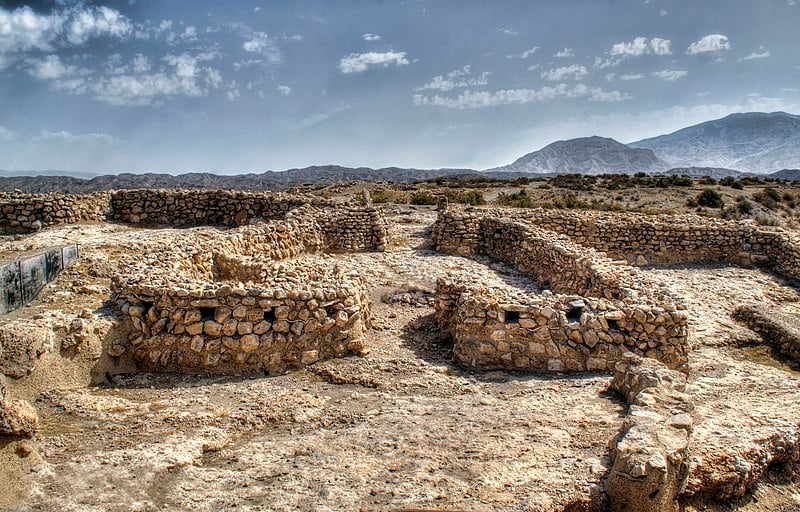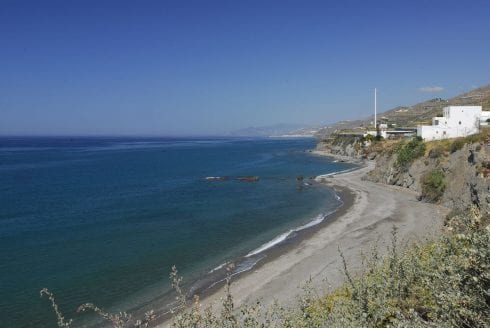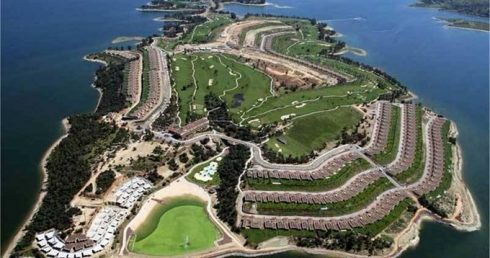RESEARCHERS in Granada have certified the dating of the oldest city in Spain.
Los Millares, located in Santa Fe de Mondujar, 22 kilometres north of Almeria, has been confirmed by a team of archaeologists from the University of Granada as the oldest city in the country.
The population, which settled 5,200 years ago and reached 1,500 inhabitants, occupied six hectares of land.
The city was formed around a sacred megalithic necropolis composed of 80 monumental tombs, with a hundred individuals buried in each one of them, along with a trousseau of exotic objects: amber, ivory or ostrich egg shells.
The study’s surprising conclusions have been made possible by radiocarbon dating of several human remains located inside the monumental tombs.
READ MORE:
- Fisherman discovers 14th century sculpture on Spanish riverbed
- Recovery project of Malaga’s Villa Torre de Benagalbon to start this month
The research, led by Gonzalo Aranda, professor of the Department of Prehistory and Archaeology at the University of Granada, has revealed that the megalithic necropolis preceded the settlement of Los Millares by 200 years.
This finding indicates that the city was a sacred and funerary place, which attracted different human groups, most likely from Africa and Asia, to settle in its vicinity.
The flow of people to the area implies it was a dynamic and influential settling in the peninsula.
The city was composed of circular masonry huts, without compartmentalising, built using organic material and mud.

The inhabitants lived from livestock and agriculture, mainly cows, sheep, pigs, barley, wheat, beans and peas.
The 1,000-year-long Copper Age is also known as the Chalcolithic Period, which lasted from about 4500 B.C. to 3500 B.C., overlapping with the early Bronze Age, making it possible for the people of that era to make saws and axes from the new metal.
It is believed the city was in use for almost a millennium until 4300 years ago.
Around 2,500 B.C., a part of the city was abandoned, and the population retreated into the interior of the town near the Rio Andarax.
By 2,200 B.C the city was uninhabited.
Click here to read more Almeria News from The Olive Press.








